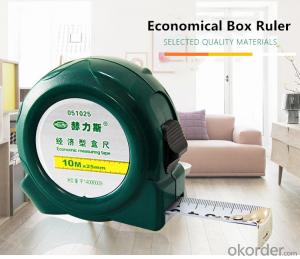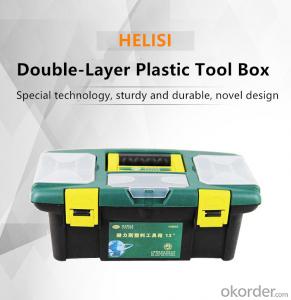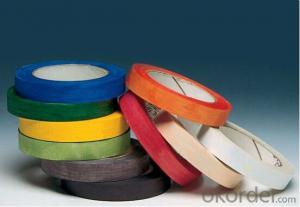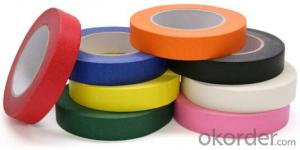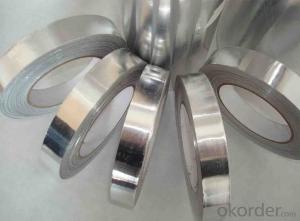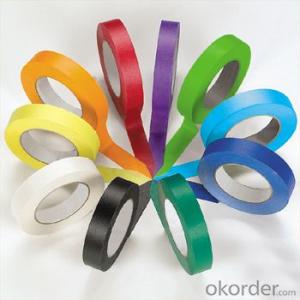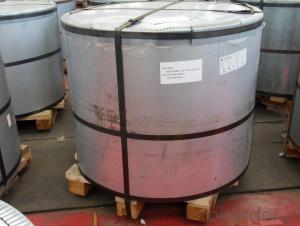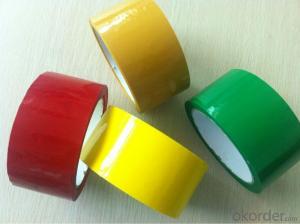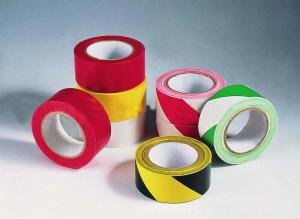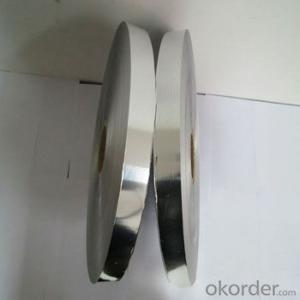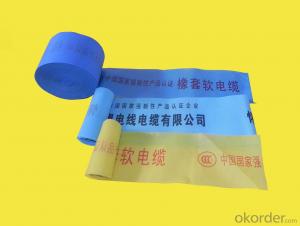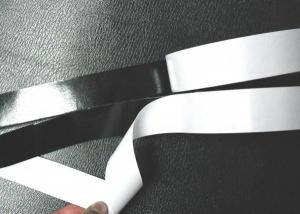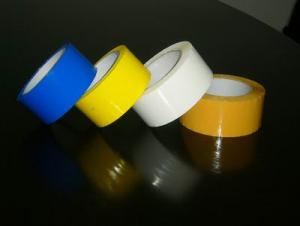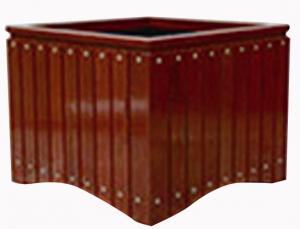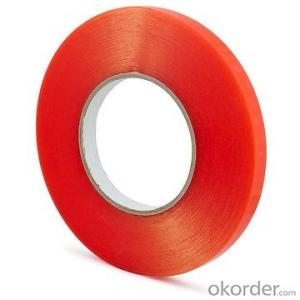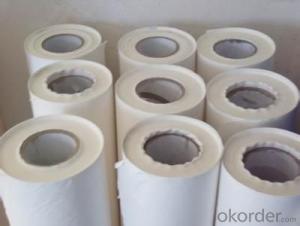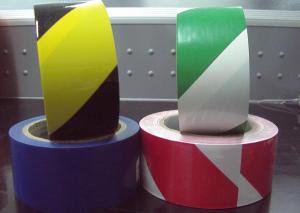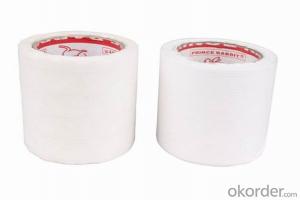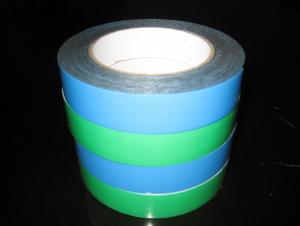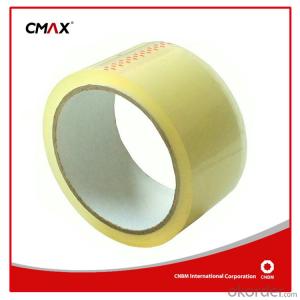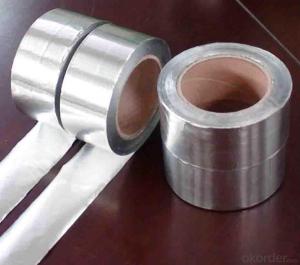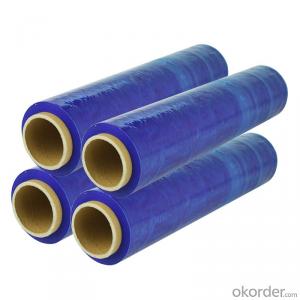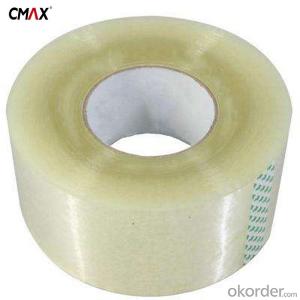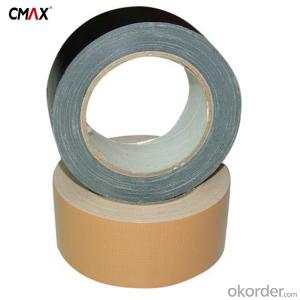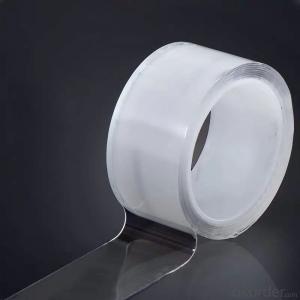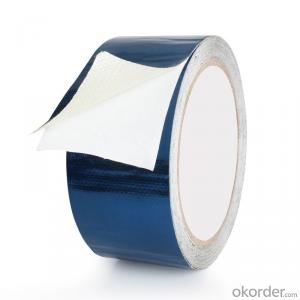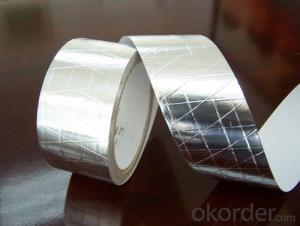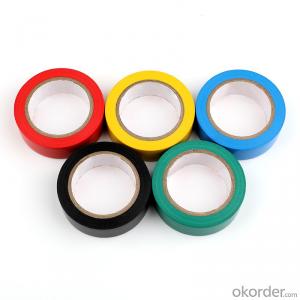Printed Box Tape
Printed Box Tape Related Searches
Galvanized Steel Planter Box Stainless Steel Ruger Mini 14 Husky Stainless Steel Tool Box Tool Box Stainless Steel Stainless Steel Tool Box Stainless Steel Bread Box Stainless Steel Litter Box Stainless Steel Junction Box Stainless Steel Box Stainless Steel Safety RazorHot Searches
Mini Inverter With Battery Online Shopping Professional Keyboards For Sale Solar Product Price Multi Layer Insulation Price Buy Sheet Plastic White Plastic Folding Chairs Wholesale Black Plastic Plant Pots Wholesale Plastic Flower Buckets Wholesale Wholesale Plastic Folding Chairs Wholesale Plastic Hanging Baskets Plastic Planter Liners Wholesale Mini Inverter With Battery Online Shopping Wholesale Knife Price Philippines Clothes Washing Machine Sales Curd Maker Machine Buy Online Frozen Yogurt Machine Cost Buy Machine Screws Buy Frozen Yogurt Machine Froyo Machine Cost Physiotherapy Machine CostPrinted Box Tape Supplier & Manufacturer from China
Okorder.com is a professional Printed Box Tape supplier & manufacturer, offers integrated one-stop services including real-time quoting and online cargo tracking. We are funded by CNBM Group, a Fortune 500 enterprise and the largest Printed Box Tape firm in China.Hot Products
FAQ
- 2014, how can I sell the tape better?
- Fourth, the background of your company must say company influence and company history,Fifth, the market prospects and profit margins, regardless of the price of your products is how much of that is not a problem, and if you have a small list of hands, you can put the list to be introduced to customers, these are my experience to sell, can only give you a reference, are different for each personal selling, to try to know,
- Packaging tape, in general, displays resistance to tearing or ripping. Its purpose is to establish a robust and reliable seal on packages, guaranteeing their preservation during transportation or manipulation. Packaging tape consists of sturdy substances like polypropylene or reinforced paper, which provide considerable tensile strength and resistance against tearing. Moreover, numerous packaging tapes possess adhesive characteristics that augment their resistance to tearing or ripping. Nevertheless, it is crucial to acknowledge that the strength and tear resistance of packaging tape can differ based on the particular brand or type of tape employed.
- Yes, packaging tape is generally easy to tear by hand. Most packaging tapes are designed with a serrated edge or perforation, making it easy to tear off a desired length without the need for scissors or any other tools. This feature allows for quick and convenient packaging and sealing of boxes or packages without any hassle. However, it is important to note that the ease of tearing may vary depending on the brand and quality of the packaging tape.
- Yes, packaging tape does come in different eco-friendly options. With growing awareness about the environmental impact of traditional packaging materials, manufacturers have introduced eco-friendly alternatives. These options include packaging tapes made from recycled materials or biodegradable materials. Recycled packaging tapes are often made from post-consumer waste, reducing the use of new resources. Biodegradable packaging tapes are designed to break down naturally over time, minimizing their impact on the environment. Additionally, some packaging tapes are made with water-based adhesives instead of solvent-based ones, further reducing their ecological footprint. These eco-friendly options allow businesses and individuals to choose packaging tapes that align with their sustainability goals while still ensuring secure packaging and shipping.
- Indeed, glass containers can be sealed using packaging tape. Packaging tapes are specifically engineered to offer a robust and reliable seal on diverse surfaces, glass included. When applied correctly, the tape adheres firmly to the glass, forming a secure seal that safeguards the container's contents. Nonetheless, it is crucial to acknowledge that not all packaging tapes are suitable for glass containers. It is advisable to utilize a tape explicitly designed for glass or a heavy-duty packaging tape with exceptional adhesive properties to guarantee an effective seal.
- Yes, packaging tape does come in different thicknesses for added durability. Thicker tapes are often preferred for heavier or more secure packaging needs, as they provide increased strength and resistance to tearing or breaking.
- The average width of packaging tape typically ranges from 1.88 inches to 2 inches. This standard width allows for efficient sealing of boxes and packages, providing a secure and reliable closure. However, it is important to note that there are variations in tape widths available in the market, with some tapes being narrower or wider to accommodate specific packaging needs or preferences.
- There are several factors to consider when using packaging tape on plastic or polyethylene bags. To begin with, it is crucial to choose the appropriate type of packaging tape for these surfaces. Certain tapes may not adhere well to plastic or polyethylene, resulting in poor adhesion and easy peeling. It is advisable to opt for tapes specifically designed for these materials, as they are typically formulated with adhesive that adheres properly. Another factor to take into account is the tape's strength and durability. Plastic bags are often lightweight and flexible, so it is important to select a tape that can provide sufficient strength to secure the bag's contents. Look for tapes with a strong adhesive backing that are resistant to tearing or stretching. Consideration should also be given to temperature and environmental conditions. Extreme temperatures can impact the tape's adhesive properties, leading to decreased adhesion or brittleness. If the bags will be exposed to high or low temperatures, it is recommended to choose a tape specifically designed for those conditions. Furthermore, it is essential to ensure that the tape does not cause any damage to the plastic or polyethylene bags. Some tapes may have strong adhesives that leave residue or cause harm when removed. Look for tapes labeled as having low residue, easy removal, or being safe for use on these surfaces. Lastly, aesthetics and presentation should be considered. Packaging tape is available in various colors and designs, allowing you to choose a tape that complements the bag's appearance or branding. It is important to make sure that the tape does not obstruct any important information or barcodes on the bag. In conclusion, when using packaging tape on plastic or polyethylene bags, it is important to consider selecting the right tape, ensuring strength and durability, taking into account temperature and environmental conditions, preventing damage to the bags, and considering aesthetics and presentation.
